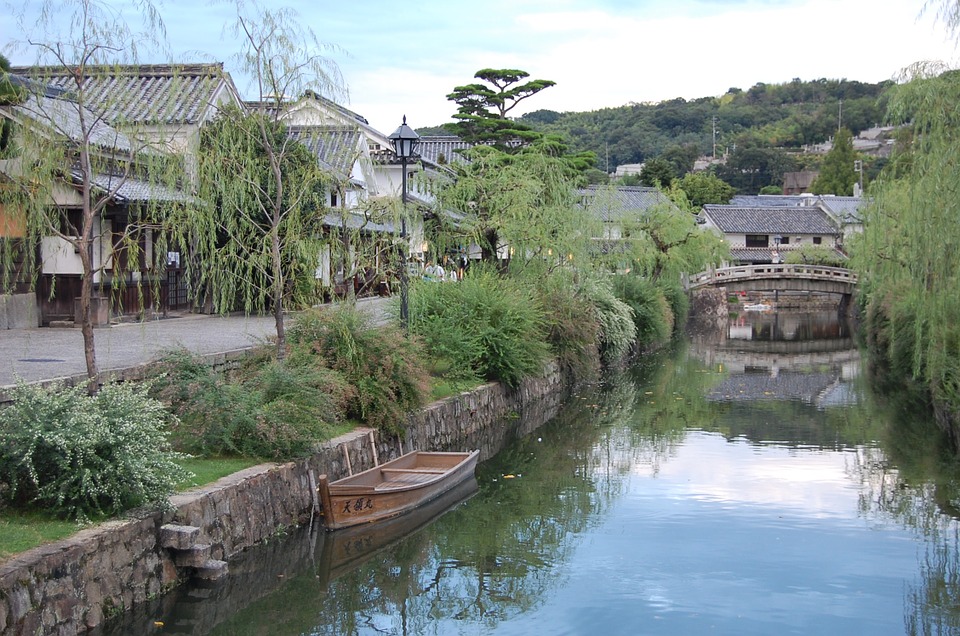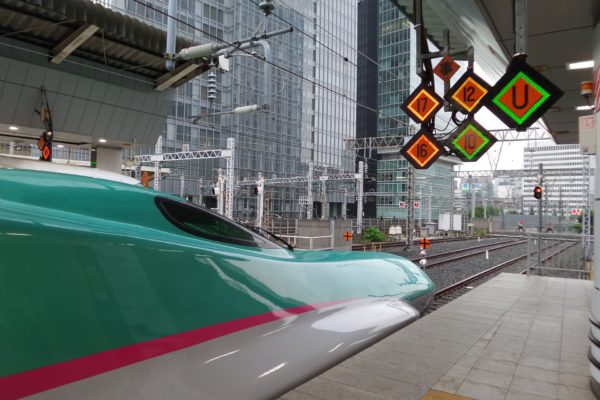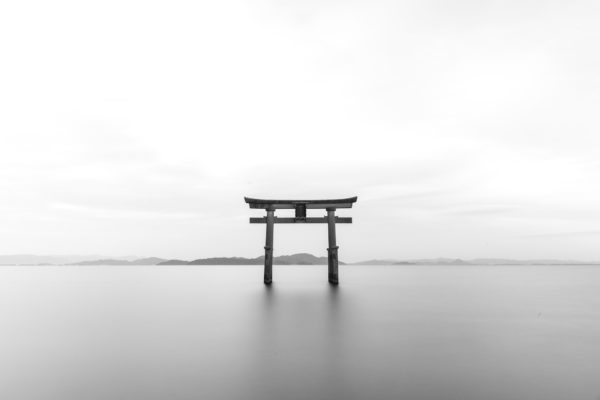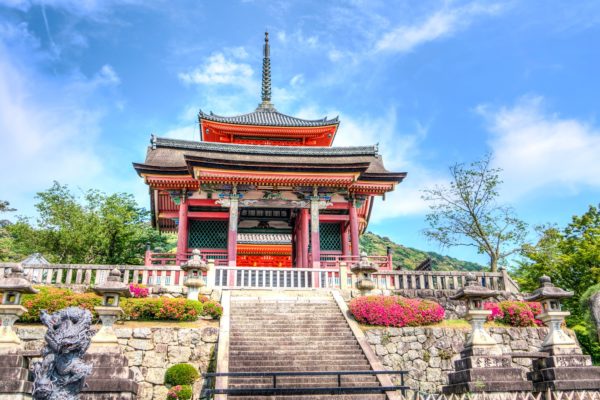Japan is home to countless lesser known attractions that are equally enchanting as the ones you often read about. If you want to get off the beaten path and explore the hidden gems on your next trip to the country, check out the places below:
Noto Peninsula
The Noto Peninsula in Ishikawa Prefecture offers some of Japan’s most stunning views of the coast. It juts out about 100 kilometres into the Sea of Japan, and offers a wide range of opportunities for nature and outdoor exploration.
Two of Noto Peninsula’s most famous scenic coasts are the Noto Kongo Coast and the Okunoto Coast, which are both excellent places to enjoy the unique and mesmerizing landscapes and waterscapes in the area.
Access: From Tokyo, take the JR Hokuriku Shinkansen to Kanazawa, and then transfer to a limited express train line to Wakura Onsen. If coming from Kyoto or Osaka, take the JR Thunderbird limited express to Kanazawa, and then transfer to a different limited express train line going to Wakura Onsen. At Wakura Onsen, various buses depart for the different areas in the peninsula.
Kurashiki

Situated in the western side of Okayama Prefecture, Kurashiki is an old city with a long and eventful history that dates to as far back as the Heian Period. A lot of the storehouses, houses, buildings, and structures that remain standing up to this day were constructed during the Edo Period and the Meiji Restoration, and some of them have been transformed into cafes, shops, museums, and other tourist attractions.
A notable site to check out in Kurashiki is the Bikan Historical Quarter, which is located in the heart of the city and is home to a canal with stone bridges and lined with willow trees and preserved storehouses. Visitors can take part in a pleasant boat ride or take photos of the traditional atmosphere and scenery.
Access: Take the JR Tokaido/Sanyo Shinkansen to Okayama, and then transfer to a local train to Kurashiki.
Visit the Kurashiki City website for more information.
Takeda Castle Ruins
The Takeda Castle Ruins are found in Asago, a city in northern Hyogo Prefecture. The original castle was built in 1441 by Otagaki Mitsukage, and was later occupied by the forces of Hideyoshi Toyotomi. It was abandoned when its last lord, Akamatsu Hirohide, committed seppuku after being accused of arson.
Over the centuries, the castle just crumbled and fell apart, and was only restored around the 1970s. These days, only the castle’s foundations stand, and visitors can enjoy panoramic views of the surroundings from there. It is best to visit around sunrise in October or November to get the chance to see the castle seemingly floating in the sky due to the early morning fog.
Access: From Tokyo, Kyoto, or Osaka, take the Tokaido/Sanyo Shinkansen to Himeji, and then transfer to the JR Bantan Line going to Takeda Station, which is found at the foot of the castle hill.
More information is available on Asago City’s website.
Shimoguri no Sato
Tucked deep in the mountains of Nagano Prefecture, Shimoguri no Sato is a gorgeous isolated valley that offers a quiet and relaxing atmosphere. Its residents live a simple and traditional lifestyle, amidst the vast and thriving greenery.
Every autumn season, the wide variety of trees that cover the mountainsides and slopes transform into a breathtaking sight of bright red, orange, and yellow. It is a highly recommended autumn viewing spot for those looking to take pleasure in the amazing natural beauty of Japan without all the crowds.
Access: From Tokyo, Osaka, or Kyoto, take the Tokaido Shinkansen to Toyohashi, and then transfer to a limited express train to Iida. At Iida, catch a bus to Kamimachi, and then ride a taxi to Shimoguri no Sato.
Nagano Prefecture’s Official Tourism Guide has more information available for visitors.
Tsujunkyo Bridge
Measuring 20.2 metres high, 75.6 metres long, and 6.3 metres wide, Tsujunkyo Bridge is the biggest stone-arch aqueduct bridge in Japan. Located in Kumamoto, it was built in 1854 to solve the Shiraito Plateau farmlands’ water shortage.
Today, visitors can check the bridge out to be treated to a magnificent display of an almost-200-year-old structure at work. Every day, for about 20 to 25 minutes, tons of water are released from the bridge’s sides to the river below to clean out the sand and silt build-ups in the pipes.
Not too far from the bridge are other must-see nature spots like the Gorogataki Waterfall, a bamboo forest, and the rice paddies.
Access: From Tokyo, Kyoto, or Osaka, take the Tokaido/Sanyo/Kyushu Shinkansen to Kumamoto, and then take the bus to the aqueduct bridge.
Visit the Kumamoto Tourism Site to learn more about the attraction.
Gokayama
One of Japan’s most scenic UNESCO World Heritage Sites, Gokayama is a region known for its preserved gassho-zukuri houses. It is located in a city called Nanto, which is in Toyama Prefecture. It is nestled in the secluded mountain ranges that extend between Gifu Prefecture and Toyama Prefecture, close to Shogawa River.
The ancient farmhouses feature thatched roofs that look like hands put together in prayer, and are said to be 200 to 300 years old. Compared to the more popular Shirakawa-go village, it is made up of fewer and smaller houses, so its ambiance is more tranquil and serene. Some of its farmhouses are open to visitors wanting to spend a night or two close to nature and to experience a simple and traditional way of life, far away from the busy and hectic urban lifestyle. Here is a listing of ryokan and other accommodation options in Gokayama.
In winter, Gokayama is most especially magical, as large amounts of powdery snow cover the grounds and the farmhouses’ roofs.
Access: From Tokyo, Osaka, or Kyoto, take a combination of the Shinkansen and local/limited express train to get to Takaoka Station, where you need to transfer to a World Heritage Bus that goes to Gokayama.
More details on Gokayama, how to get there, and others are available on the Gokayama Official Travel Guide website.



